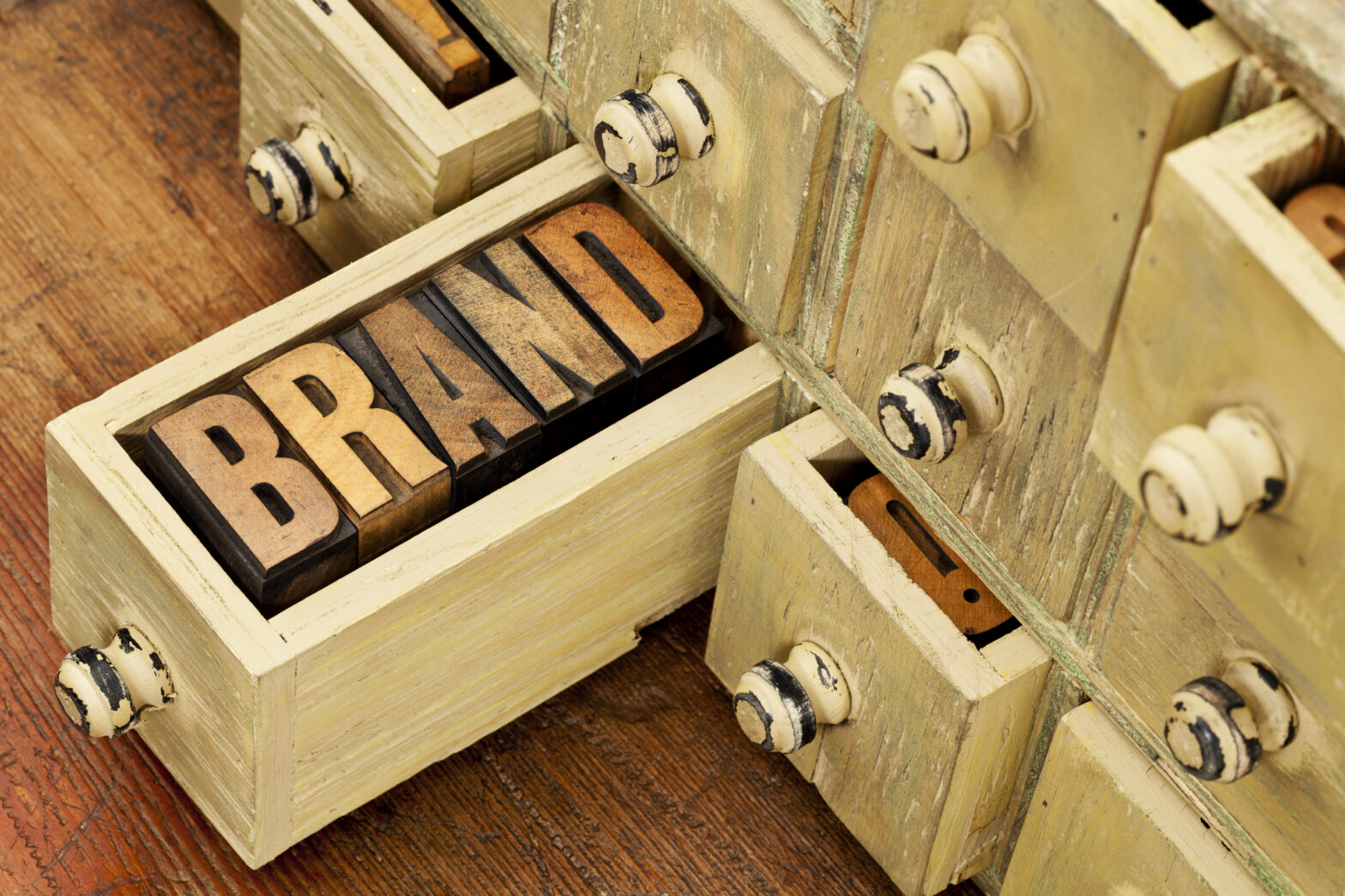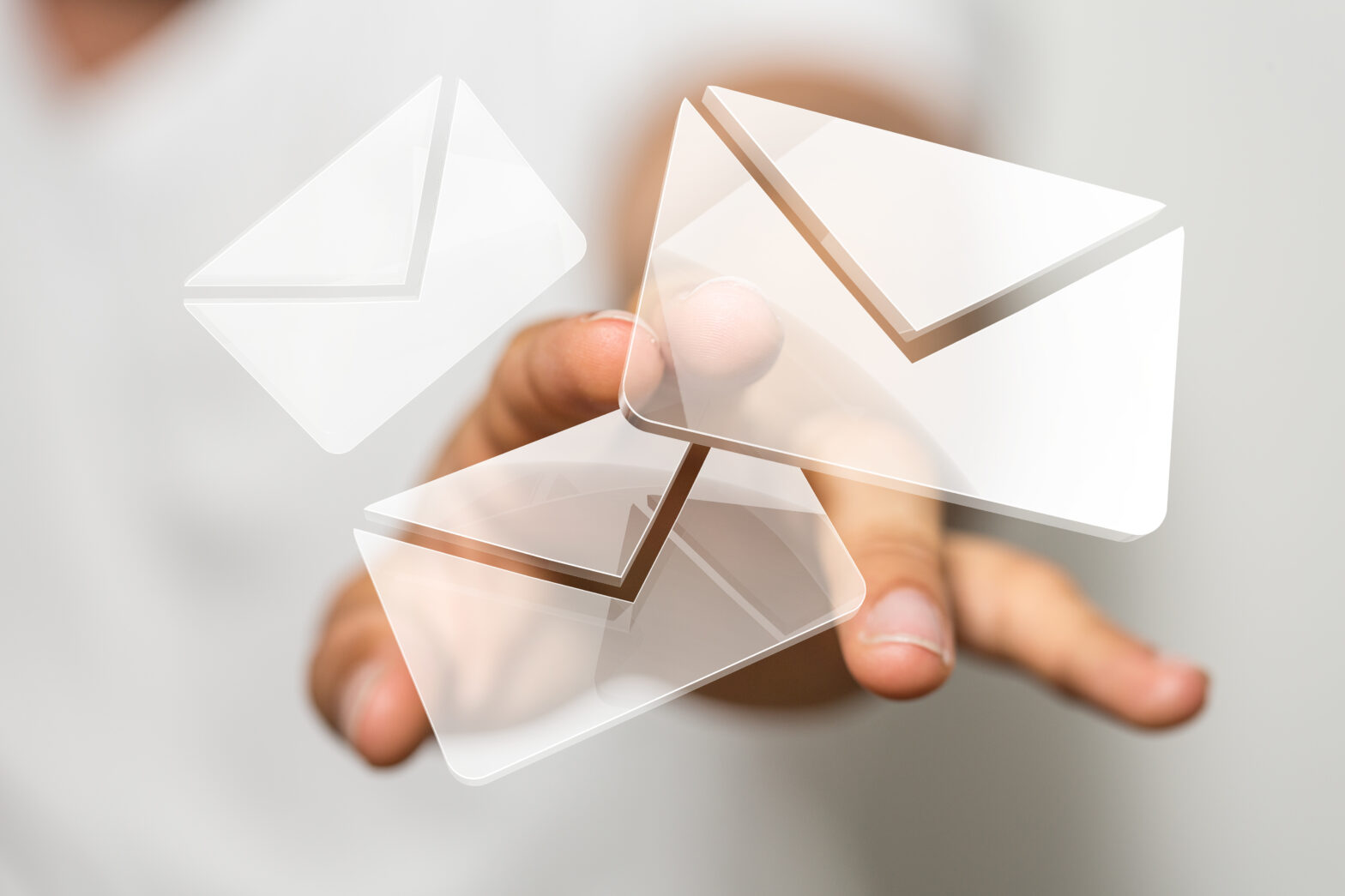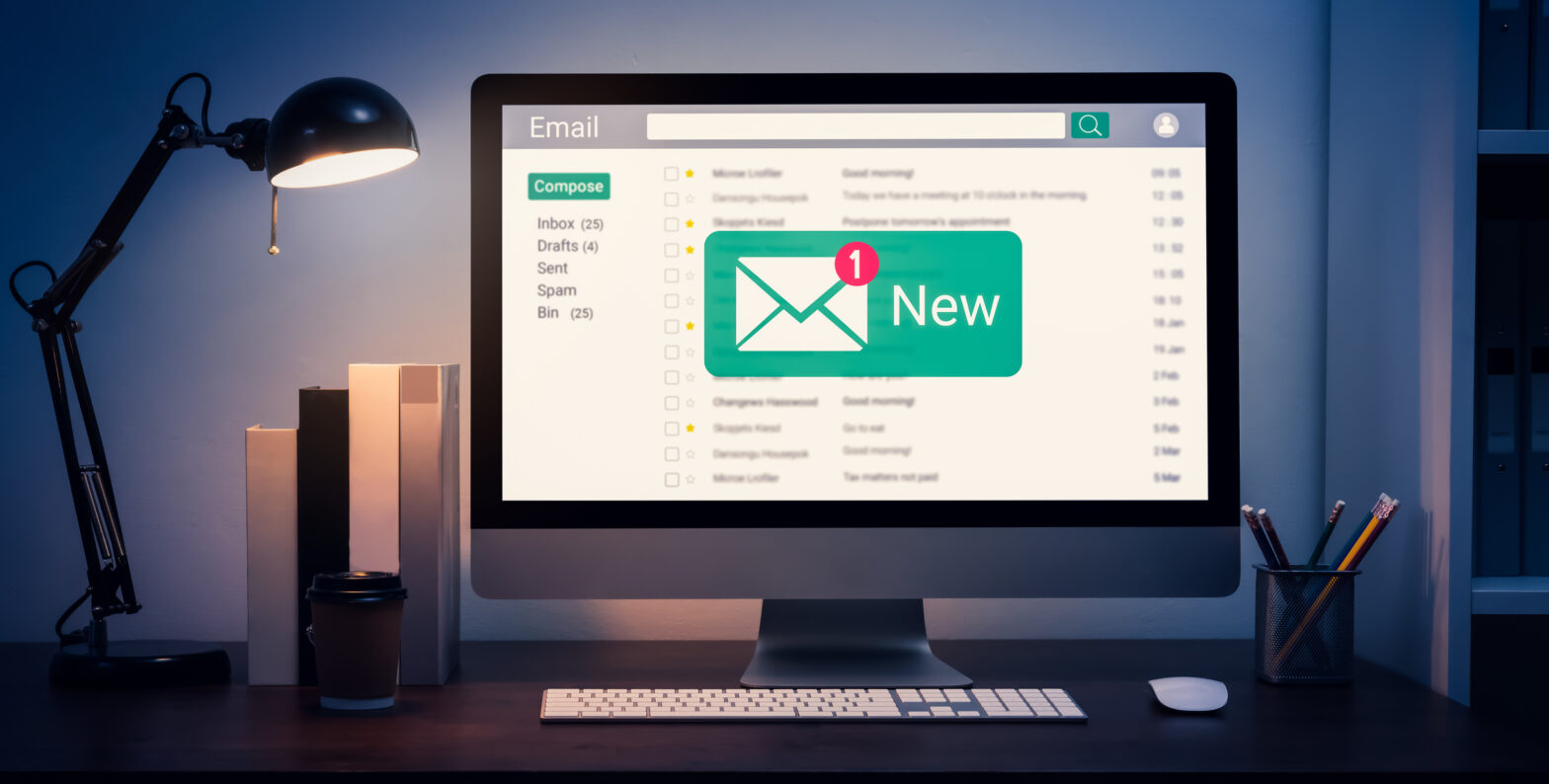Virgin Group’s services and products exist across multiple channels: records, flights, credit loans, mobile communications and even space flights and fuels.
These products are all significantly different, but the branding across each of the areas is incredibly consistent – the bright, red colours, the scrawled font and the underlined name all let us know that we’re with the Virgin brand and that we’ll be engaging with fun, competitive products that also come with great customer service. And when we see the Virgin mark, we know that there’s a certain amount of trust, reliability and cost-effectiveness we can expect.
So how did Virgin Group make an identify for itself? It’s branding is extremely cohesive across all products and services.
Branding your own business from the start with dedication and consistency is necessary, whether you’re just starting up and establishing your market presence or expanding your business into new product areas. The final product of good branding looks so effortless across all products and services, but it requires a lot of hard work to get it there.
Here are some tips on how you can:
Logo design refresh
When to start branding
From the moment your business starts up, your marketing approach and the messages about your products will be communicated via your branding, whether you like it or not.
As soon as you choose to market an idea, investing time (and funds) into your branding plans and strategies is critical. Starting your branding journey early means that it can evolve simultaneously with your business and product, thus creating a cohesive branding/business/product vision right from the beginning.
How to create a cohesive brand
From the colours and fonts you choose to the images you utilise, everything must work together across all of your products, channels and communications to portray a consistent brand.
A cohesive brand design is one that draws together your brand values and relates your brand messages through catchy, recognisable and stand-out designs. But how do you create cohesiveness in your designs and at every level?
Make sure your branding is the same, all the time. Think about the consistency of the golden arches or the colours associated with Google; wherever you go, the branding remains the same.
Seek out quality designers and other talent for all your branding needs; they’ll be able to bring colours, images, fonts and designs together to create your brand’s foundation. They’ll also be able to adapt those designs to suit different purposes, but without losing your brand identity or producing inconsistencies.
Mulberry is a great example. Everything they do, from their ambassadors (currently top catwalk model Cara Delevingne) to media stunts is executed using the same colours and fonts throughout all campaigns.
Put quality control measures in place and put someone (eg marketing manager) in charge of your brand consistency. This person acts as the brand guardian to ensure that nothing goes out externally without their stamp of approval and oversee the process.
Use your brand to represent you, everywhere, all the time, from advertising banners to billboards to business cards. Don’t let anything you promote or hand out escape your clutches without being clearly branded. Local food delivery company Just Eat is one local company that quickly embraced this branding ethos and built a loyal, expanding customer base, even though they sell other goods from other companies!
Just Eat, is just another online enabler connecting the hungry user to high street eateries but through branding all their touchpoints they’ve created a competitive advantage that’s turning dinners into dollars. Just Eat is rumoured to float for £700-900 million.
Does branding have to be costly?
No! Crowdsourcing and freelancing platforms have become instrumental in helping businesses get affordable graphic design work completed. This has had hugely positive implications for start-ups and growing businesses who don’t have the budget to work with a dedicated design company, but who can still achieve the same, high quality results through crowdsourcing and freelancers.
Further reading on branding





